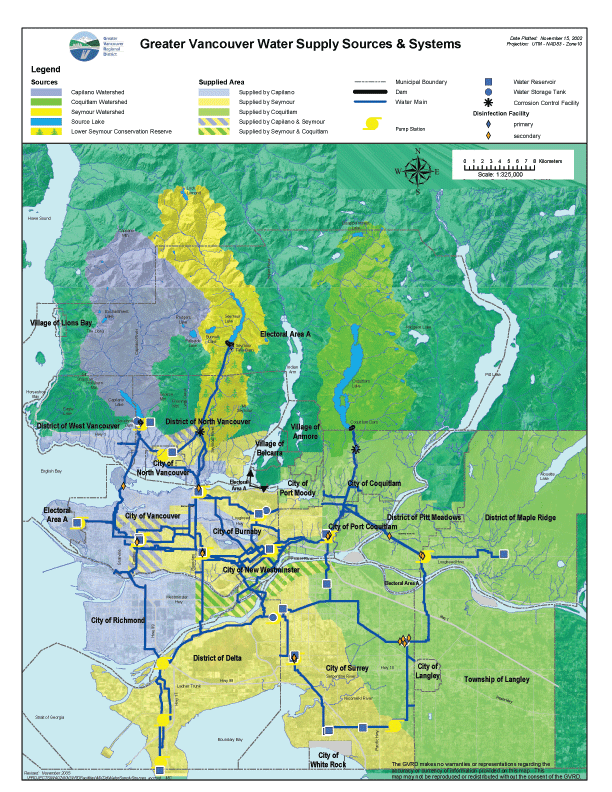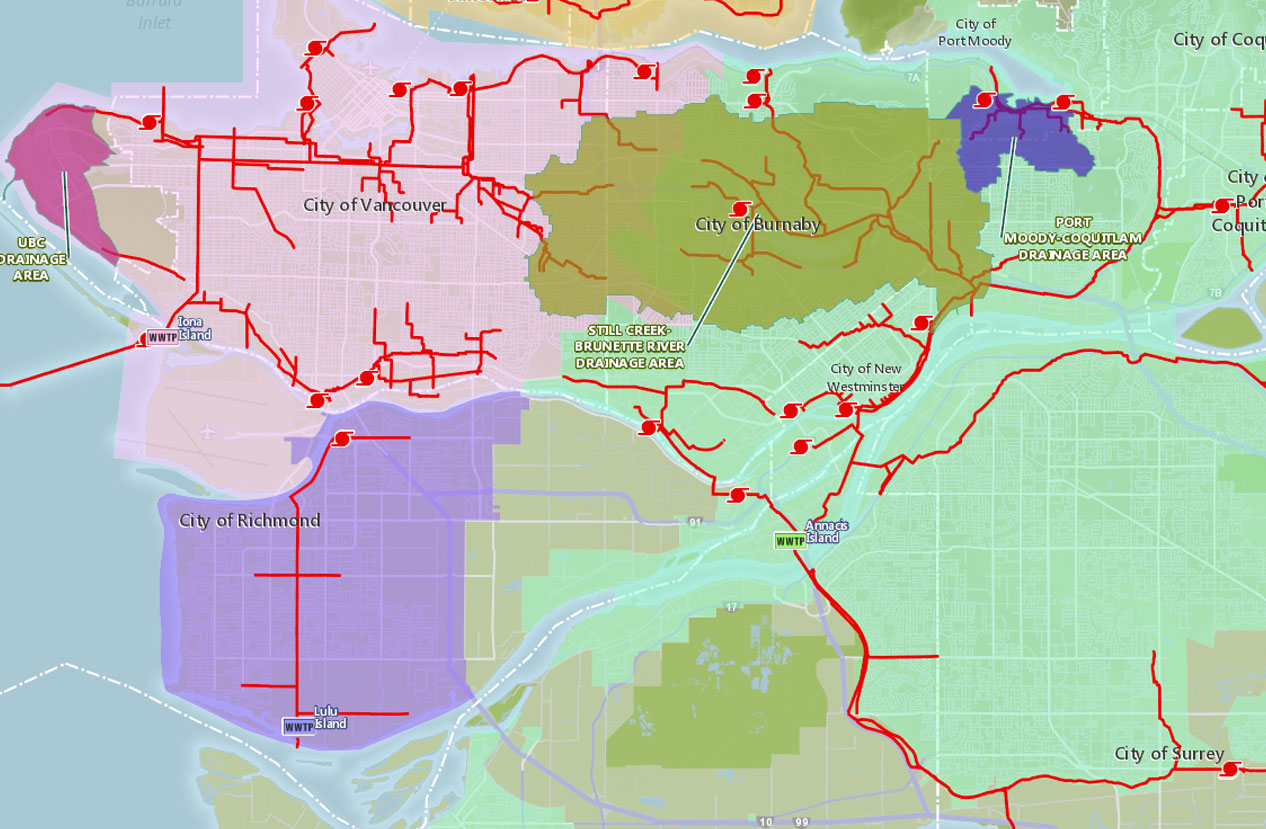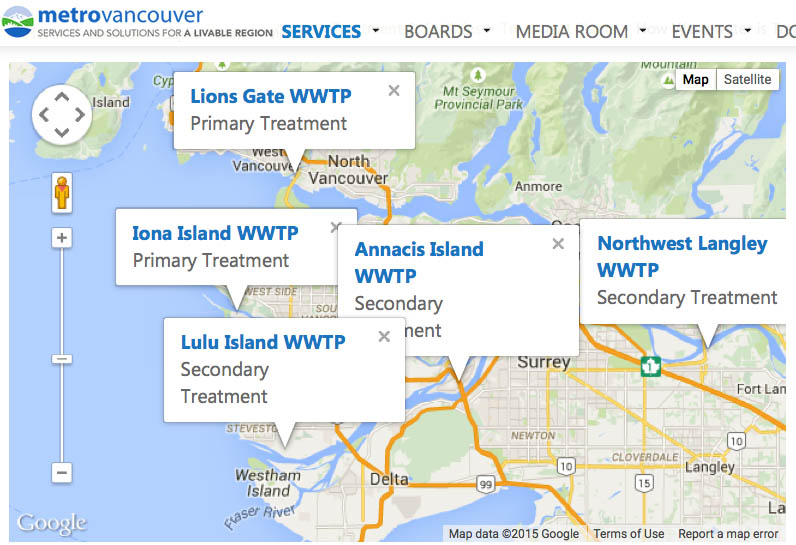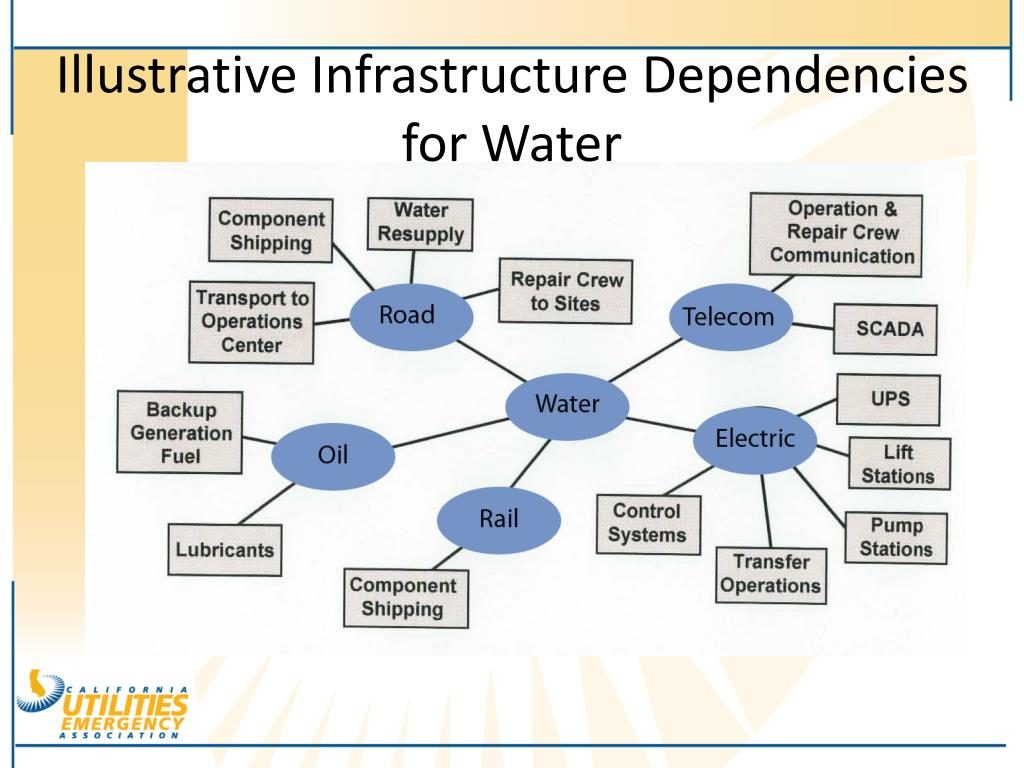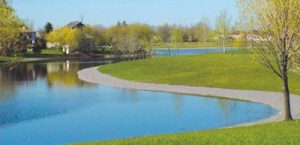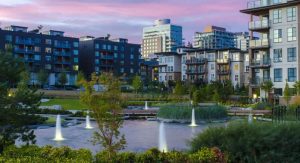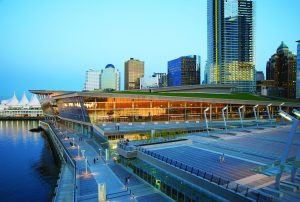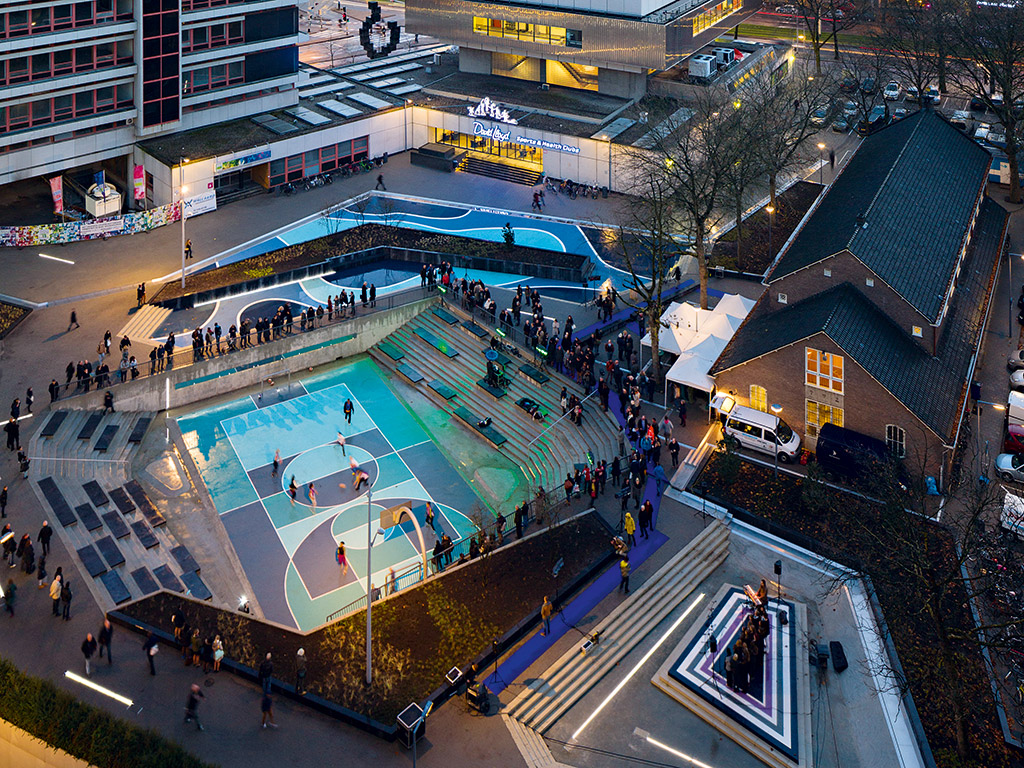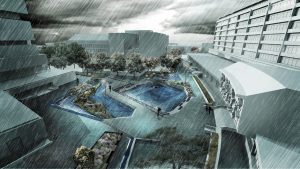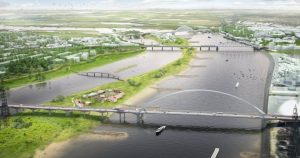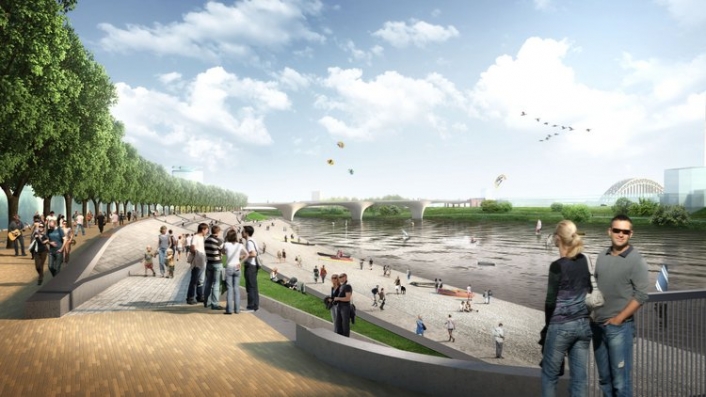When thinking of saving water, the first thought that comes to mind is to take a quick shower or to close the tap when brushing the teeth. But, have you ever thought that you could save water by turning off the lights?
Water and energy are highly interconnected and interdependent systems. Water is used in almost all phases of the energy chain, for both fuel and electricity production, and energy is necessary to provide water extraction, treatment, transport and heating or cooling. It is estimated that the energy sector is responsible for 10% of all global withdrawals and water services counts for 4% of the global electricity consumption (EIA, 2016).

Figure 1. Water and Energy Nexus (US Energy Department, 2014a).
Water for Energy
Water is required for fuel production and processing, including fossil, nuclear and biofuel, as well as electricity generation such as thermoelectric, hydropower, nuclear and renewable technologies. Water usage for energy production can be expressed as water withdrawals or consumption. Water consumption is the water that is evaporated, transpired or incorporated into crops’ biomass on biofuel production, being removed from the immediate environment. Water withdraw is the volume of water extracted and returned to the water source, sometimes in lower quality, to be used again by other consumers or by the natural environment (U.S. Department of Energy, 2014).
Table 1 below presents the global water withdrawals and consumption by energy sector. Power generation is responsible for the largest water withdrawals (88%), while primary energy production is the largest consumer (64%). Cooling processes of thermoelectric plants (fossil fuels power stations) are the major contributors for both withdrawals and consumption, in which once-through cooling systems require large withdrawals but less consumption and the recirculating systems consume more water by evaporation and require less quantity of water. The second largest consumer and the third major contributor for water withdrawals is the biofuel production. Water is withdrawn for irrigation and is consumed by evapotranspiration processes, being incorporated into the crops. Although biofuels are considered renewable sources, it represents a huge impact on water usage. This aspect needs to be evaluated when planning the energy matrix of a country (IEA, 2016).
Table 1. Water withdrawals and consumption for energy production, 2014 (IEA, 2016).

In 2013, approximately 60% of Canadian water bodies withdrawals, 38 million cubic metres of water, were used to thermal power generation (Environment and Climate Change Canada, 2016). Although the country has a huge hydroelectric park, thermals still represent 20% of the Canadian power generation source, particularly on the colder regions of Saskatchewan, Nunavut, Northwest Territories, Alberta and Nova Scotia (Natural Resources Canada, 2016). Improving the efficiency of these plants represents a great opportunity to save water in Canada.
Energy for Water
The energy required for each step of water systems relies on site-specific conditions including topography, distance from the water source to the customers, quality of raw water, level of treatment required, losses and inefficiencies. Pumping is the most energy intense step and is involved in most of the processes, from extracting to distribution, including treatment.
Figure 2 shows the amount of energy per cubic meter required by some water processes, and the global energy consumption in the water sector. In 2014, a total of 820 terawatt-hours (4% of the global electricity consumption) were used for water and wastewater services (EIA, 2016).
Desalinization and wastewater treatment are the highest-intensity energy users, but they do not currently represent the largest consumers. However, considering population growth and climate change predictions leading to lower surface and groundwater availability, wastewater reuse and desalinization techniques tend to become more widely used worldwide, leading to an increase in the total global energy required for water supply.


Figure 2. Energy required by water processes per cubic meter (left) and global energy consumption in the water sector (right) (EIA, 2016).
The more the water is treated and the further transported, more energy intensity it becomes, and more water is consumed to provide this energy. Although water and energy resources are interconnected, they are usually managed separately. Considering though a scenario of scarcity, this paradigm needs to change.
Planning together, the US example
Future infrastructure development requires strategies that optimize natural resources consumption, adopting a systems thinking approach and integrating teams and plans. Recently, some countries such as the US have been making progress in this area.
In 2012, after a drought that limited water availability and constrained the operation of some power plants, the US Energy Department created the Energy-Water Nexus Crosscut Team. The group’s actions include developing research and technologies; sharing datasets; integrating models to inform decision-making; harmonizing policies; and enhancing public dialogue to improve water and energy usage. In 2014, was published the report The Water-Energy Nexus: Challenges and Opportunities, defining the following six strategic pillars to address the water-energy nexus (U.S. Department of Energy, 2014):
1. Optimize the freshwater efficiency of energy production, electricity generation, and end-use systems;
2. Optimize the energy efficiency of water management, treatment, distribution, and end-use systems;
3. Enhance the reliability and resilience of energy and water systems;
4. Increase safe and productive use of non-traditional water sources;
5. Promote responsible energy operations with respect to water quality, ecosystem, and seismic impacts and
6. Exploit productive synergies among water and energy systems.
Based on these pillars, a range of actions has been set, since costly initiatives as the development of new technologies and robust computational models, to simple measures such as to reduce waste, which can represent a huge economy. According to the USEPA (2018), municipalities can save from 15% to 30% of the water and wastewater plants operating costs by incorporating energy efficiency practices. It includes planning intermittent processes to run during off-peak hours, installing soft starters to reduce energy used by pumps or even turning off the lights. Similarly, energy systems can reduce water withdrawals by reducing leaks and improving cooling systems through the implementation of closing loops and heat recovery.
The US case represents an example of a strategy to optimize water and energy systems’ efficiency. Their initiatives may become a role model for other countries to face the challenges of managing water and energy in a scenario of scarcity.
References
Environment and Climate Change Canada, 2016, Canadian Environmental Sustainability Indicators: Water Withdrawal and Consumption by Sector. Consulted on day Month, year. [online]. Available at:
www.ec.gc.ca/indicateurs-indicators/default.asp?lang=en&n=5736C951-1 [Accessed on November 30, 2018].
EPA, 2018, Energy Efficiency for Water Utilities. [online]. Available at:
https://www.epa.gov/sustainable-water-infrastructure/energy-efficiency-water-utilities [Accessed on November 30, 2018].
IEA, 2016, World Energy Outlook 2016: Water-Energy Nexus. [online]. Available at:
https://www.iea.org/publications/freepublications/publication/WorldEnergyOutlook2016ExcerptWaterEnergyNexus.pdf [Accessed on November 30, 2018].
Natural Resources Canada, 2016, Electricity facts. [online]. Available at:
https://www.nrcan.gc.ca/energy/facts/electricity/20068 [Accessed on November, 29, 2018].
U.S. Department of Energy, 2014, The Water-Energy Nexus: Challenges and Opportunities; U.S. DOE: Washington, DC. [online]. Available at:
https://www.energy.gov/downloads/water-energy-nexus-challenges-and-opportunities [Accessed on November 30, 2018].
US Energy Department, 2014a, Ensuring the Resiliency of Our Future Water and Energy Systems. [online]. Available at:
https://www.energy.gov/articles/ensuring-resiliency-our-future-water-and-energy-systems [Accessed on November 29, 2018].
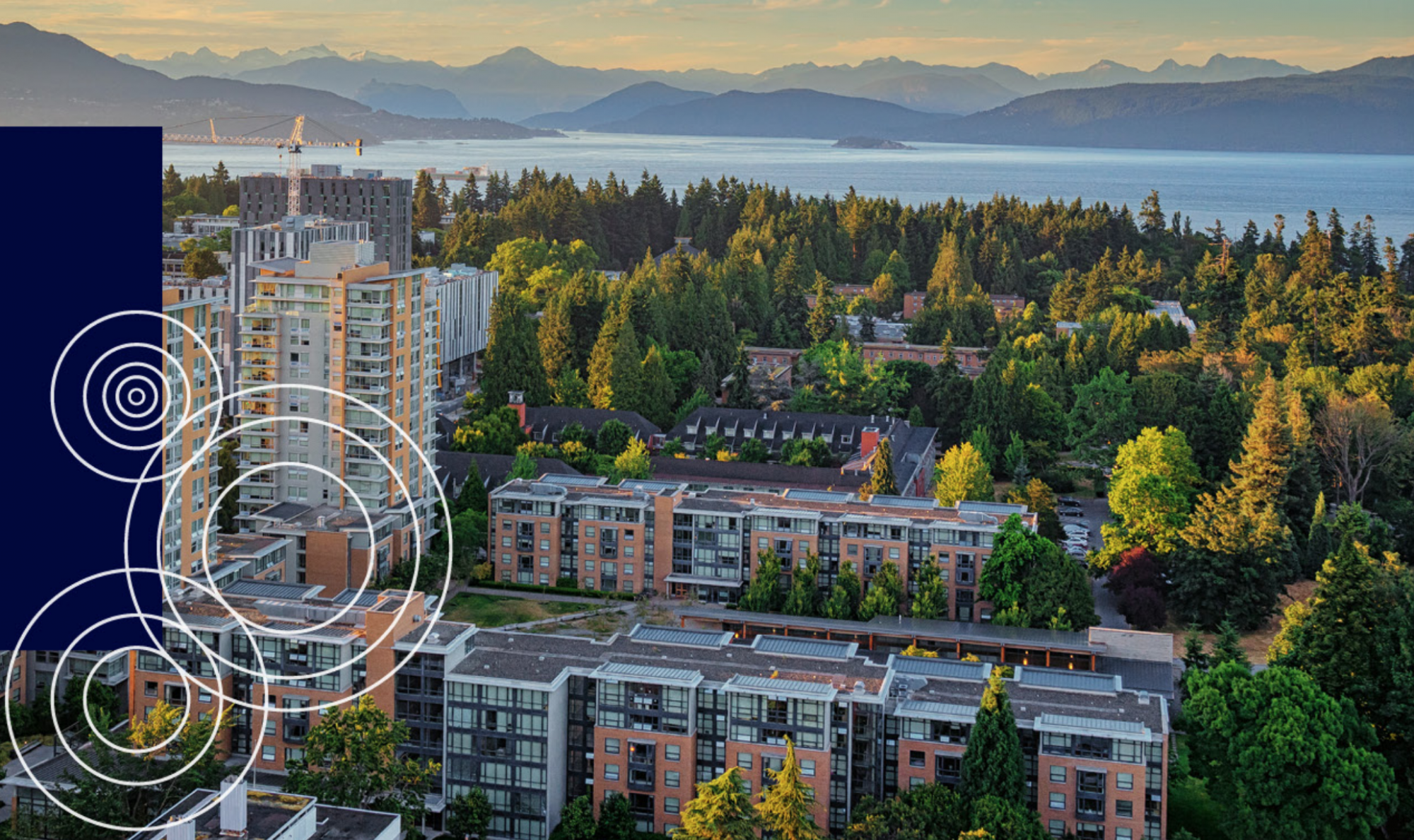
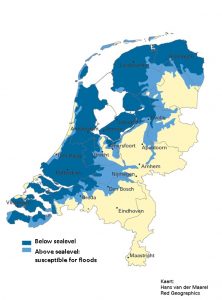
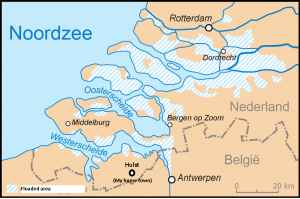
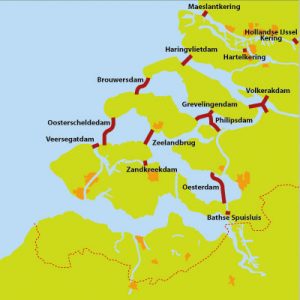
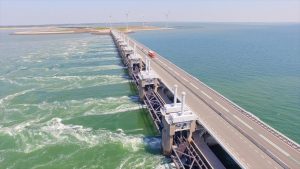
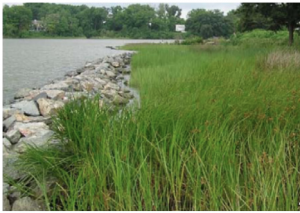
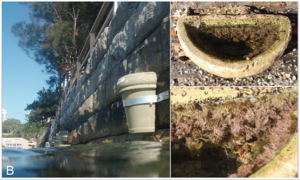
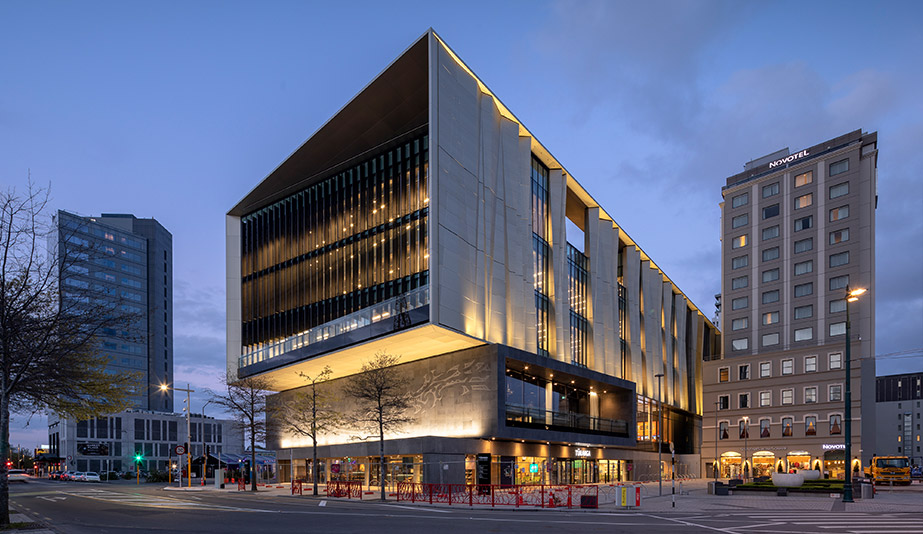
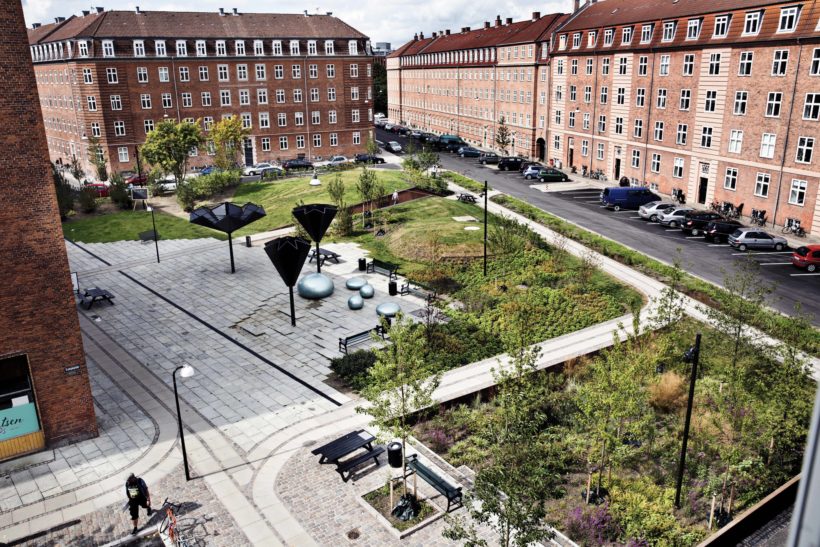
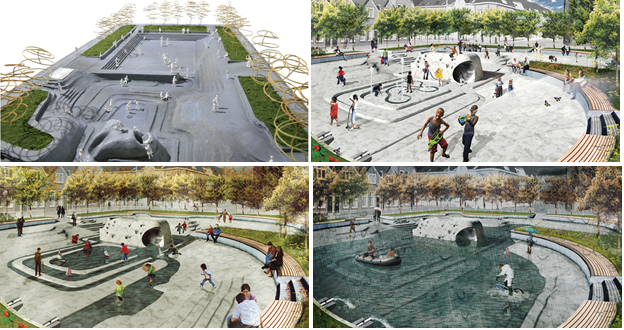
 Figure 1: G
Figure 1: G